Home>Gardening & Outdoor>Landscaping Ideas>How To Protect Grass Seed From Frost
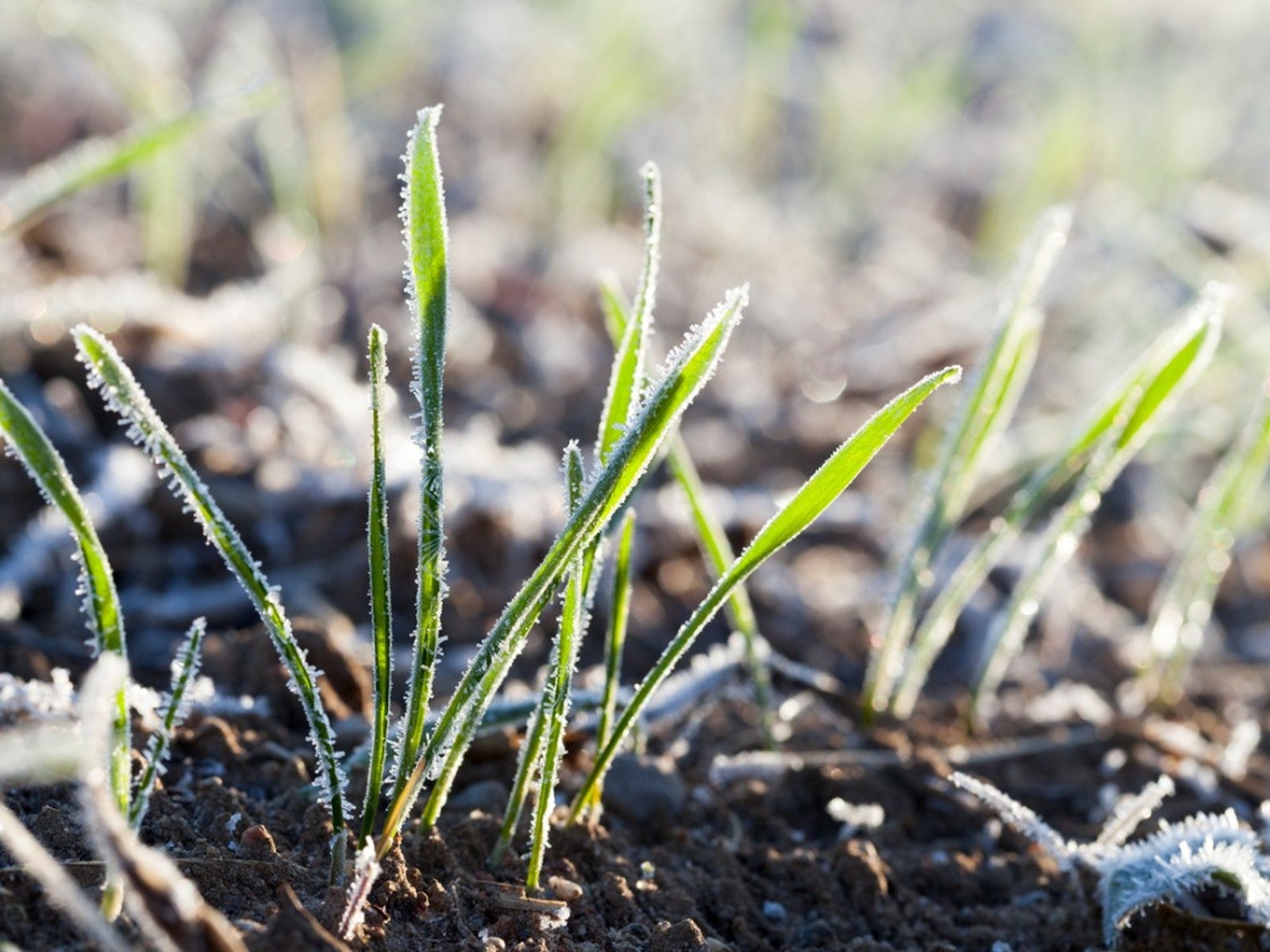

Landscaping Ideas
How To Protect Grass Seed From Frost
Modified: February 18, 2024
Learn effective landscaping ideas to protect grass seed from frost and ensure successful growth. Discover expert tips for safeguarding your lawn against cold weather.
(Many of the links in this article redirect to a specific reviewed product. Your purchase of these products through affiliate links helps to generate commission for Storables.com, at no extra cost. Learn more)
Understanding Frost and Its Effects on Grass Seed
Introduction
Frost can be a formidable adversary for newly planted grass seed. As winter approaches and temperatures drop, the risk of frost damage to delicate grass seed becomes a significant concern for homeowners and landscapers alike. In this comprehensive guide, we will explore the impact of frost on grass seed and provide valuable insights into choosing the right seed, best practices for planting, and effective techniques for protecting grass seed from frost.
Frost occurs when the temperature of surfaces and objects drops below freezing, causing water vapor in the air to crystallize into ice. This natural phenomenon poses a threat to newly sown grass seed, as the delicate germinating seeds and tender seedlings are highly susceptible to damage from freezing temperatures. The impact of frost on grass seed can be detrimental, leading to reduced germination rates, stunted growth, and even the death of emerging seedlings.
Understanding the effects of frost on grass seed is crucial for implementing effective protective measures. By selecting the appropriate grass seed, employing best practices for planting, and utilizing proven techniques to shield grass seed from frost, homeowners and landscapers can safeguard their investment and nurture healthy, vibrant lawns. Join us as we delve into the intricacies of protecting grass seed from frost and discover the key strategies for ensuring the successful establishment of lush, resilient turf.
Key Takeaways:
- Choose cold-resistant grass seed varieties like Kentucky bluegrass, fescue, and ryegrass to protect grass seed from frost and ensure successful germination and growth in chilly climates.
- Timing, soil preparation, and protective coverings are essential for safeguarding grass seed from frost. By following best practices and utilizing protective techniques, homeowners can nurture lush, resilient lawns despite freezing temperatures.
Read more: How To Protect Outdoor Plants From Frost
Understanding Frost and Its Effects on Grass Seed
Before delving into the protective measures, it’s essential to comprehend the impact of frost on grass seed. When temperatures plummet and frost descends, the consequences for newly sown grass seed can be profound. The vulnerability of germinating seeds and tender seedlings to freezing temperatures is a primary concern for homeowners and landscapers.
Frost, characterized by the formation of ice crystals on surfaces, poses a significant threat to the delicate process of seed germination and early seedling development. The formation of ice crystals can disrupt the cellular structure of the seeds and seedlings, leading to reduced viability, impaired growth, and, in severe cases, the demise of the emerging plants.
The effects of frost on grass seed can manifest in various ways, impeding the establishment of a healthy lawn. One of the primary consequences is reduced germination rates, as the chilling temperatures can hinder the activation of the seeds’ metabolic processes. Additionally, frost can cause cellular damage to the delicate seedlings, resulting in stunted growth and weakened resilience against environmental stressors.
Furthermore, the formation of ice crystals during frost can lead to physical trauma to the seed coats, hampering the germination process and compromising the seeds’ ability to develop into robust plants. This susceptibility to frost damage underscores the importance of implementing proactive measures to protect grass seed from the adverse effects of freezing temperatures.
By gaining a comprehensive understanding of the repercussions of frost on grass seed, homeowners and landscapers can make informed decisions regarding seed selection, planting practices, and protective strategies. In the subsequent sections, we will delve into the pivotal considerations for choosing the right grass seed, optimal planting techniques to minimize frost damage, and effective measures for safeguarding grass seed from the perils of frost.
Choosing the Right Grass Seed for Frost Protection
When it comes to protecting grass seed from frost, selecting the appropriate grass seed varieties is a critical first step. Not all grass species exhibit the same level of resilience to freezing temperatures, making the choice of seed an essential factor in mitigating the impact of frost on newly sown lawns.
For regions prone to frost and freezing temperatures, cool-season grasses such as Kentucky bluegrass, fescue, and ryegrass are well-suited for withstanding the challenges posed by inclement weather. These grass species are known for their ability to endure cold temperatures and exhibit robust growth even in the presence of frost, making them ideal candidates for frost-prone areas.
Additionally, homeowners and landscapers should consider the specific cultivars within each grass species, as certain cultivars may possess enhanced cold tolerance and resilience to frost. By opting for cultivars that are specifically bred for cold resistance, individuals can bolster the capacity of the grass seed to withstand the rigors of frost, thereby promoting successful germination and establishment.
Furthermore, the selection of grass seed blends or mixtures can provide added benefits in terms of frost protection. Blends that incorporate a combination of different grass species and cultivars can offer diversified resilience to varying environmental conditions, including frost. By harnessing the complementary attributes of different grass varieties, blended seed mixtures can enhance the overall cold tolerance and adaptability of the lawn, fortifying it against the detrimental effects of frost.
Equipped with the knowledge of the cold tolerance and adaptability of different grass species and cultivars, homeowners and landscapers can make informed decisions when choosing the right grass seed for frost protection. By opting for cold-resistant grass varieties and leveraging the advantages of blended seed mixtures, individuals can lay a resilient foundation for their lawns, bolstering their capacity to withstand the challenges posed by frost and ensuring the successful establishment of lush, vibrant turf.
Cover newly planted grass seed with a thin layer of straw or mulch to protect it from frost. This will help insulate the soil and prevent the seed from being damaged by freezing temperatures.
Best Practices for Planting Grass Seed to Minimize Frost Damage
Implementing best practices for planting grass seed is essential for minimizing the risk of frost damage and nurturing the successful establishment of a resilient lawn. By adhering to proven planting techniques, homeowners and landscapers can mitigate the impact of freezing temperatures on newly sown grass seed, fostering optimal germination and robust growth.
Timing plays a pivotal role in planting grass seed to minimize frost damage. It is advisable to schedule the seeding process during periods when the risk of frost is minimal, typically in the early spring or late summer to early fall, depending on the climate and region. By aligning the planting timeline with favorable weather conditions, individuals can reduce the likelihood of exposure to frost during the critical stages of seed germination and seedling development.
Furthermore, preparing the soil adequately is crucial for creating an optimal environment for the grass seed to take root and thrive. Prior to seeding, homeowners and landscapers should ensure that the soil is well-drained, free of debris, and sufficiently aerated to facilitate healthy seedling emergence and establishment. Additionally, incorporating high-quality soil amendments and organic matter can enhance the soil’s fertility and structure, promoting favorable conditions for robust seed germination and vigorous growth.
Proper seeding techniques, such as achieving uniform seed distribution and adequate seed-to-soil contact, are instrumental in minimizing frost damage and maximizing the potential for successful germination. Employing precision seeding equipment or techniques and ensuring thorough soil coverage can optimize the seedbed environment, safeguarding the grass seed against the adverse effects of frost and enhancing its capacity to germinate and establish a strong, resilient root system.
Incorporating a layer of protective mulch over the newly sown grass seed can provide an additional safeguard against frost damage. Mulch acts as an insulating barrier, helping to moderate soil temperatures and protect the germinating seeds and emerging seedlings from the chilling effects of frost. This protective measure can contribute to improved seedling survival and growth, bolstering the resilience of the lawn against the challenges posed by inclement weather.
By adhering to these best practices for planting grass seed, homeowners and landscapers can fortify the foundation for a healthy, thriving lawn while minimizing the susceptibility of the grass seed to frost damage. The strategic implementation of optimal planting techniques lays the groundwork for successful germination, robust growth, and the cultivation of a lush, resilient turf that can withstand the rigors of frost and flourish in diverse environmental conditions.
Techniques for Protecting Grass Seed from Frost
Implementing effective techniques to shield grass seed from the perils of frost is paramount for ensuring the successful establishment of a vibrant, resilient lawn. By leveraging proven protective measures, homeowners and landscapers can safeguard newly sown grass seed from the detrimental effects of freezing temperatures, nurturing optimal germination and robust seedling development.
One of the fundamental techniques for protecting grass seed from frost is the strategic application of protective coverings, such as frost blankets or floating row covers. These specialized coverings act as insulating barriers, shielding the grass seed from the chilling effects of frost and helping to maintain conducive soil temperatures for germination and seedling growth. By deploying these protective coverings during periods of anticipated frost, individuals can create a sheltered environment that promotes the viability and resilience of the grass seed.
Strategic irrigation can also serve as a valuable technique for protecting grass seed from frost. By moistening the soil prior to an expected frost event, homeowners and landscapers can capitalize on the insulating properties of water, which releases latent heat as it freezes. This phenomenon can mitigate the impact of frost on the grass seed by moderating soil temperatures and reducing the likelihood of frost damage, thereby enhancing the prospects of successful germination and seedling survival.
Employing innovative technologies, such as frost-protection sprays or treatments, can offer an additional layer of defense against frost damage. These specialized products are designed to form a protective barrier on the grass seed and seedlings, shielding them from the adverse effects of freezing temperatures. By integrating these advanced solutions into the protective regimen, individuals can augment the resilience of the grass seed and bolster its capacity to withstand the challenges posed by frost.
Furthermore, creating microclimates through the strategic placement of windbreaks or temporary structures can help shield newly sown grass seed from the ravages of frost. By leveraging natural or man-made barriers to mitigate the impact of cold, individuals can create sheltered environments that offer protection against frost, fostering optimal conditions for seed germination and early seedling development.
By implementing these techniques for protecting grass seed from frost, homeowners and landscapers can fortify the foundation for a healthy, vibrant lawn while minimizing the susceptibility of the grass seed to frost damage. The strategic deployment of protective measures empowers individuals to nurture the successful establishment of lush, resilient turf, ensuring that their investment in a thriving lawn remains safeguarded against the challenges of inclement weather.
Read more: How To Protect Grass From Cars
Conclusion
Protecting grass seed from the detrimental effects of frost is a critical endeavor for homeowners and landscapers seeking to establish healthy, resilient lawns. By understanding the impact of frost on grass seed and implementing proactive measures, individuals can safeguard their investment and nurture the successful germination and establishment of lush, vibrant turf.
Choosing the right grass seed varieties, characterized by cold tolerance and adaptability, forms the cornerstone of effective frost protection. By opting for cold-resistant grass species and cultivars, individuals can fortify the capacity of the grass seed to withstand freezing temperatures, laying a resilient foundation for the lawn’s development.
Adhering to best practices for planting grass seed is equally pivotal, encompassing strategic timing, soil preparation, and precise seeding techniques. By aligning the planting schedule with favorable weather conditions, preparing the soil meticulously, and ensuring optimal seed-to-soil contact, homeowners and landscapers can minimize the susceptibility of the grass seed to frost damage and foster robust germination and growth.
Furthermore, the deployment of protective techniques, such as frost coverings, strategic irrigation, innovative treatments, and the creation of microclimates, offers invaluable safeguards against the chilling effects of frost. By leveraging these protective measures, individuals can create sheltered environments that promote the viability and resilience of the grass seed, ensuring its successful establishment despite the challenges posed by inclement weather.
In conclusion, the protection of grass seed from frost demands a comprehensive approach, encompassing informed seed selection, meticulous planting practices, and the strategic implementation of protective measures. By integrating these key strategies into their lawn care regimen, homeowners and landscapers can nurture the successful establishment of lush, resilient turf, ensuring that their lawns thrive in the face of diverse environmental conditions.
Ultimately, the commitment to protecting grass seed from frost not only safeguards the investment in a vibrant lawn but also cultivates a nurturing environment where healthy, resilient turf can flourish, enhancing the beauty and vitality of outdoor spaces for years to come.
Frequently Asked Questions about How To Protect Grass Seed From Frost
Was this page helpful?
At Storables.com, we guarantee accurate and reliable information. Our content, validated by Expert Board Contributors, is crafted following stringent Editorial Policies. We're committed to providing you with well-researched, expert-backed insights for all your informational needs.
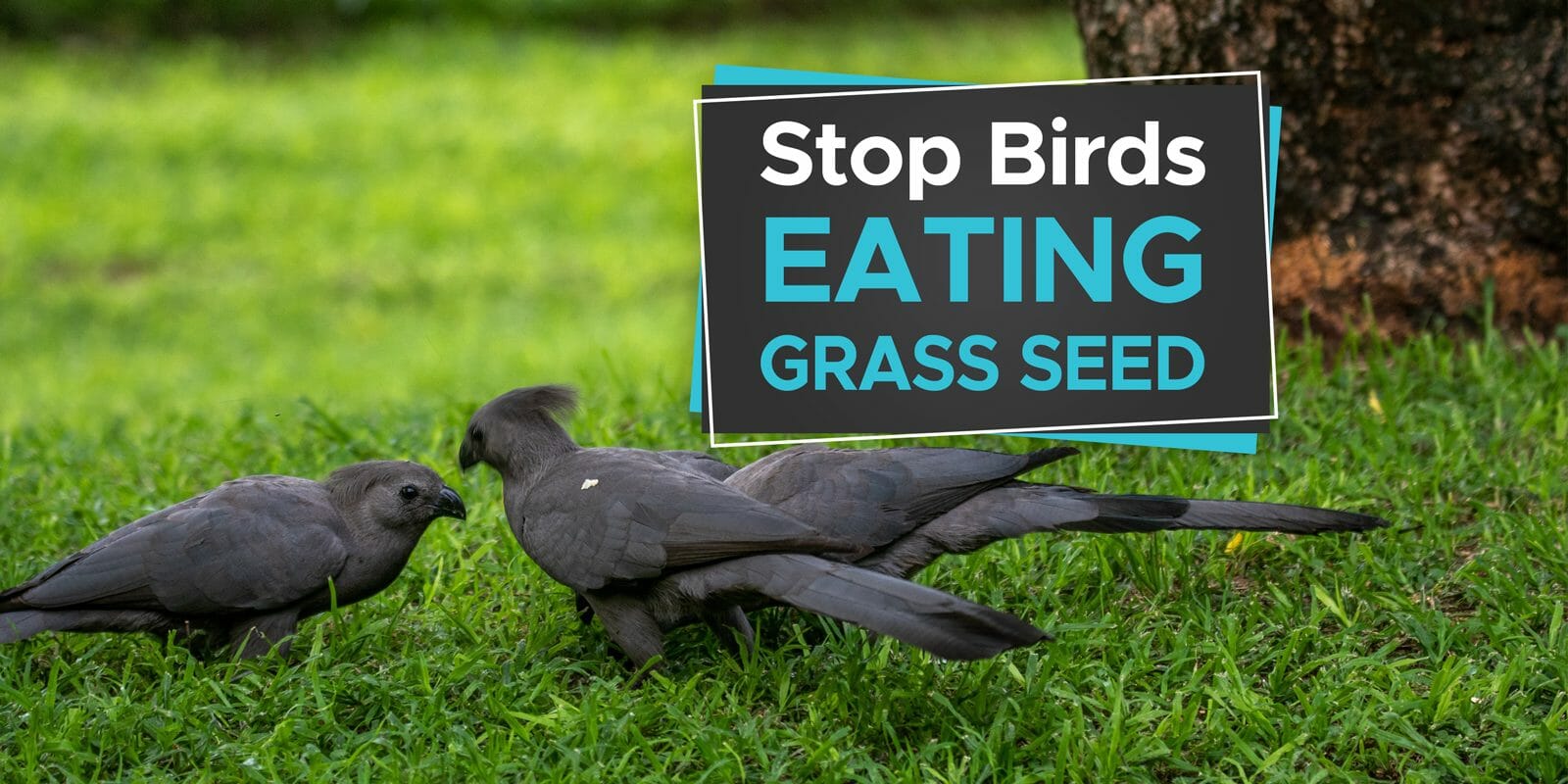

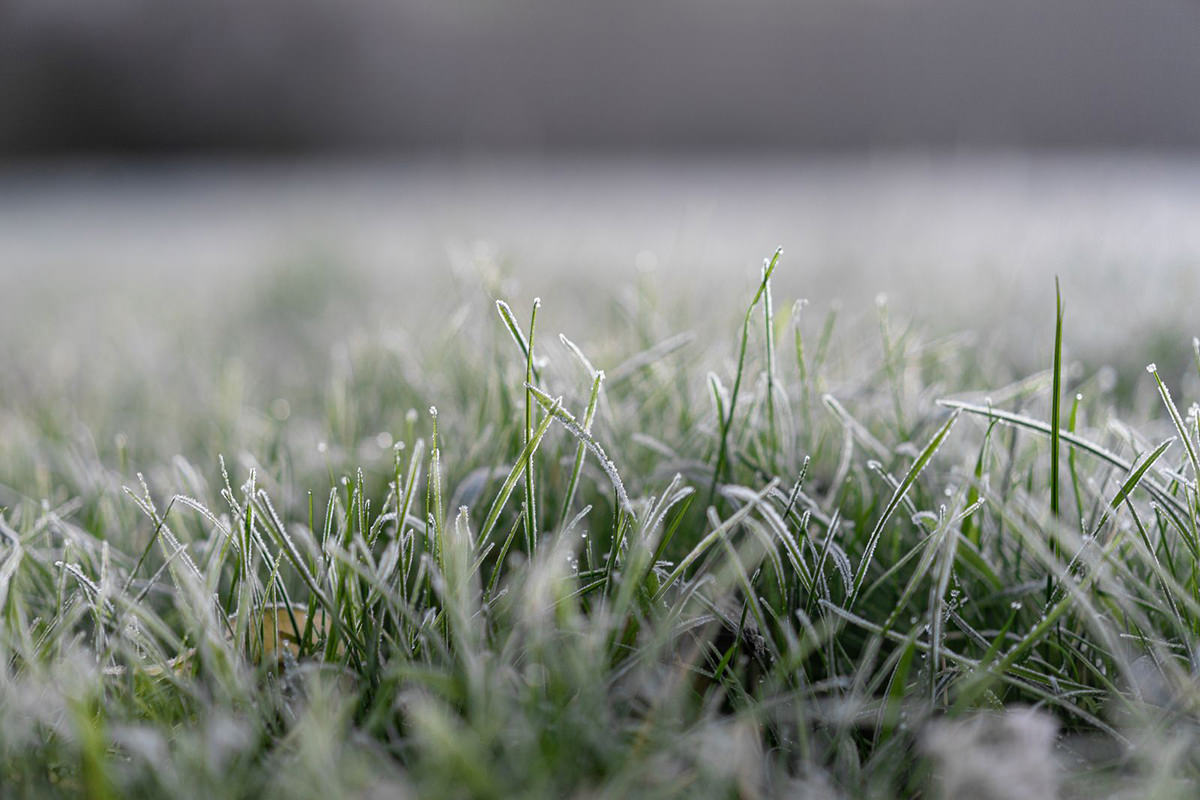
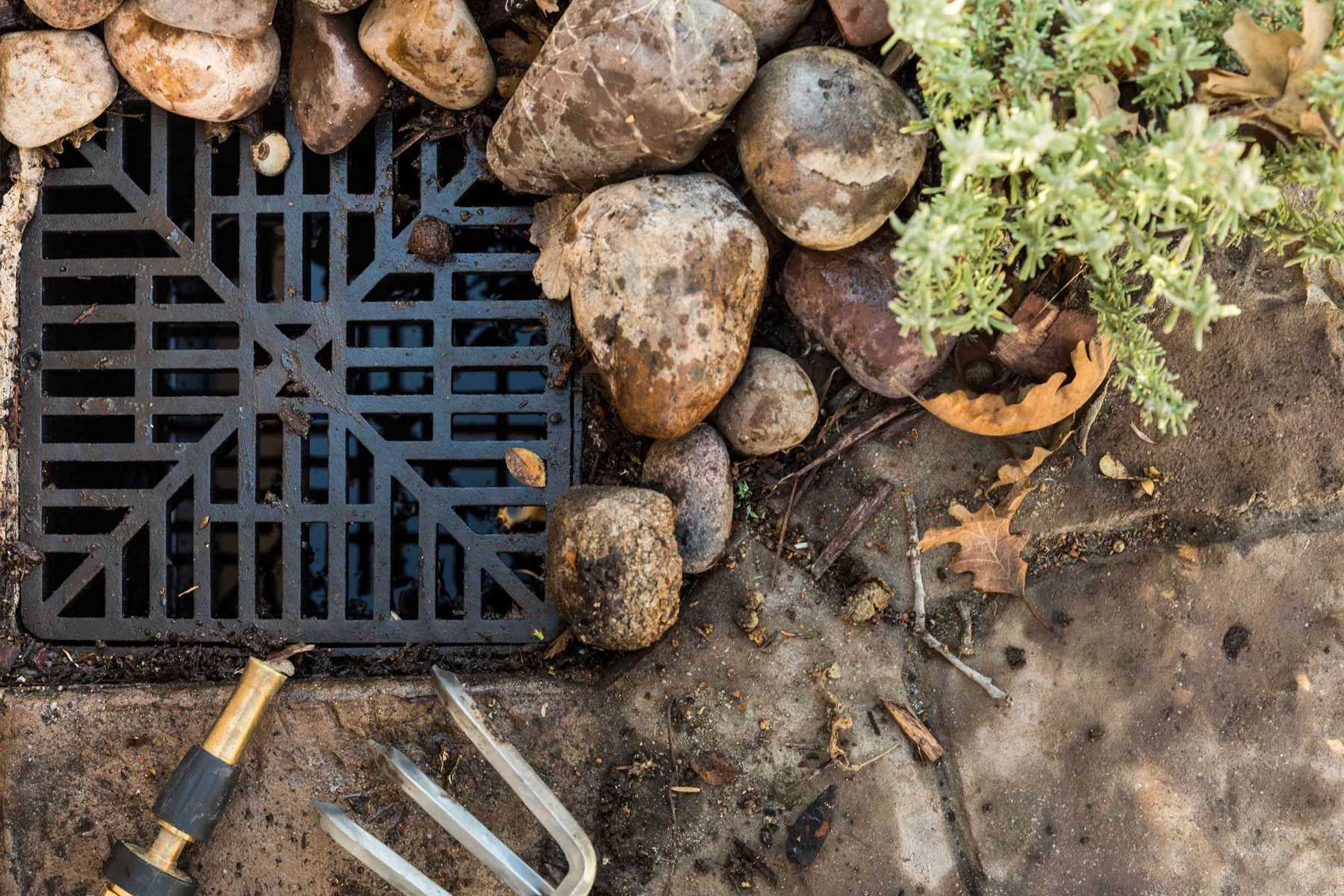
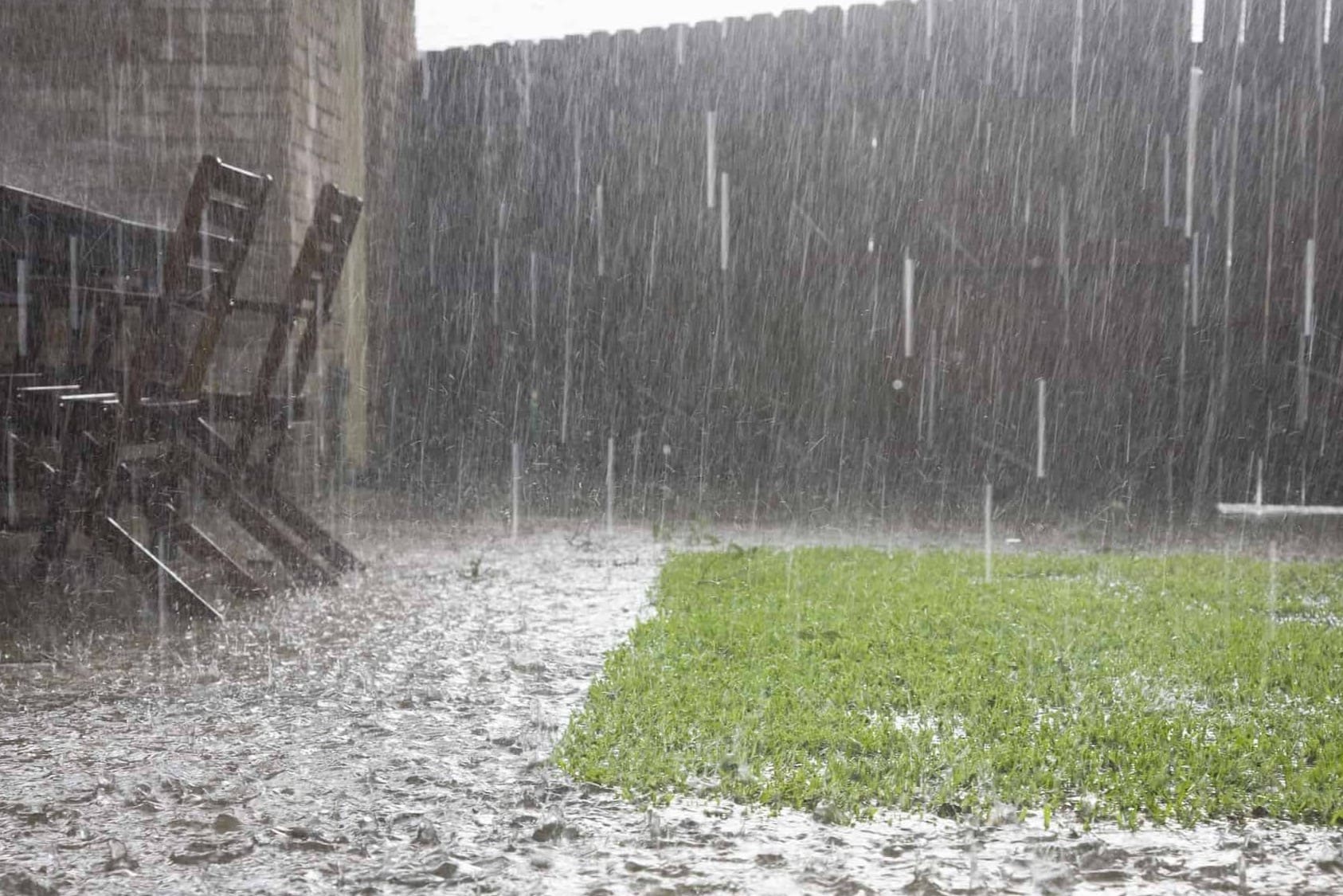

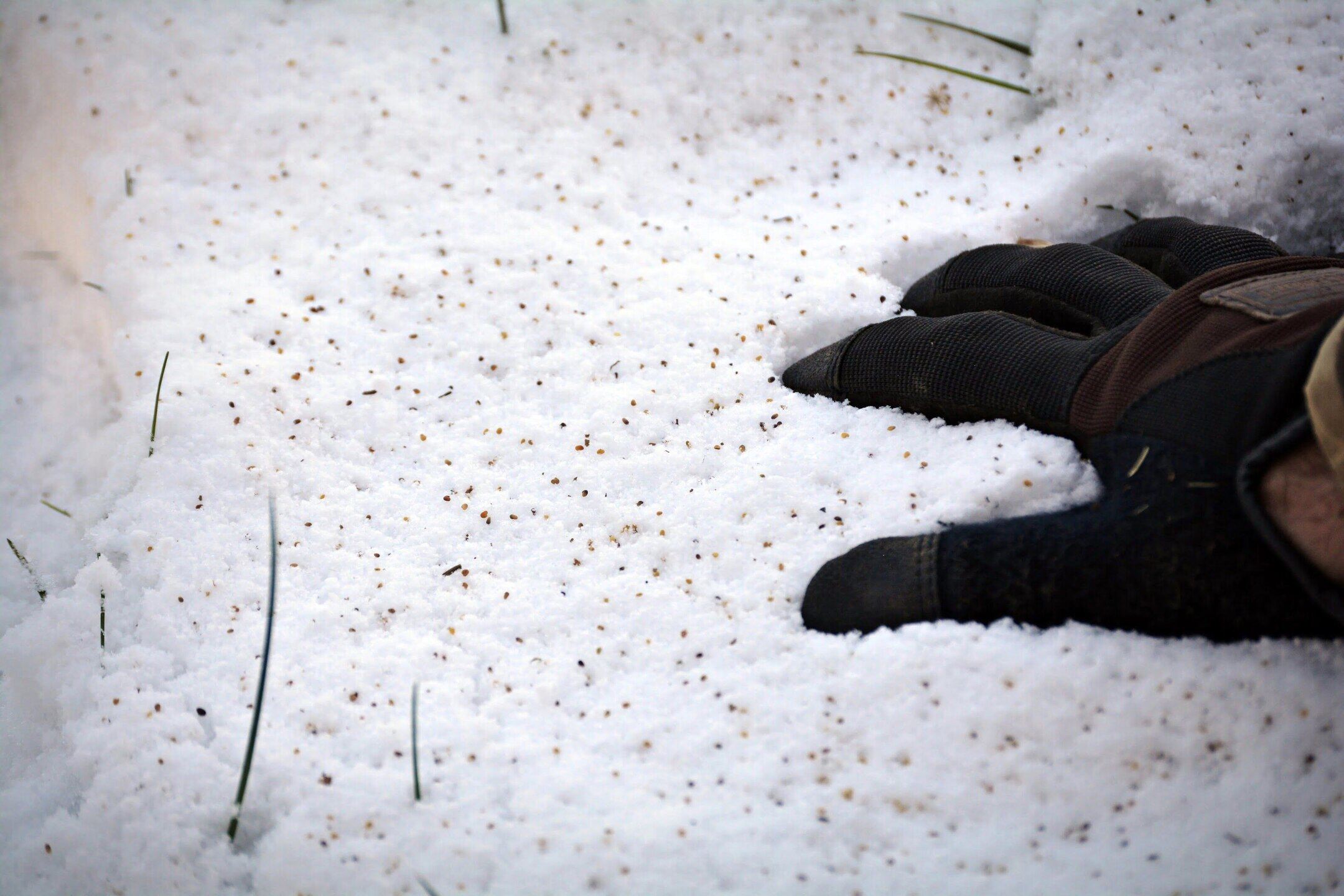
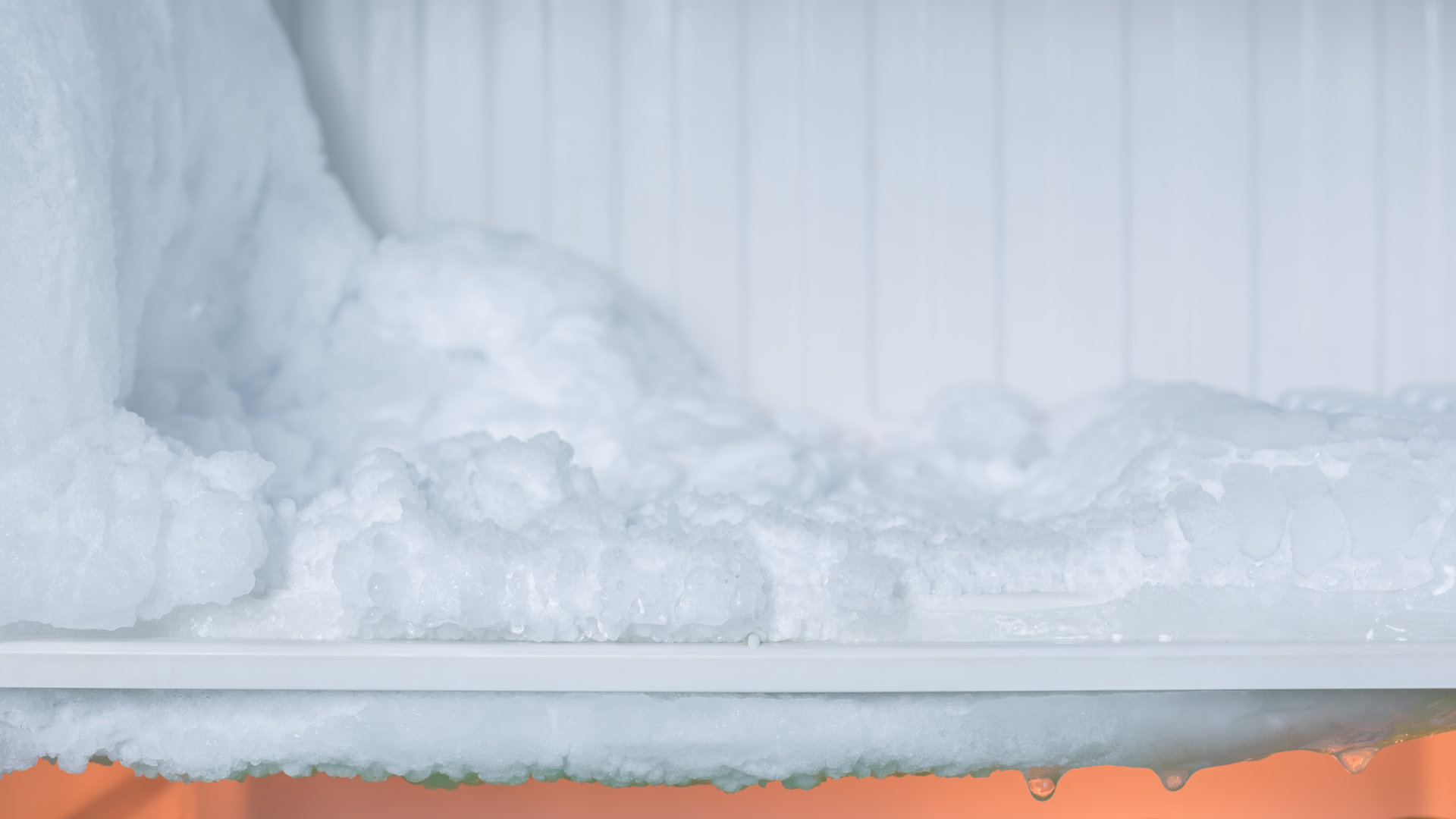
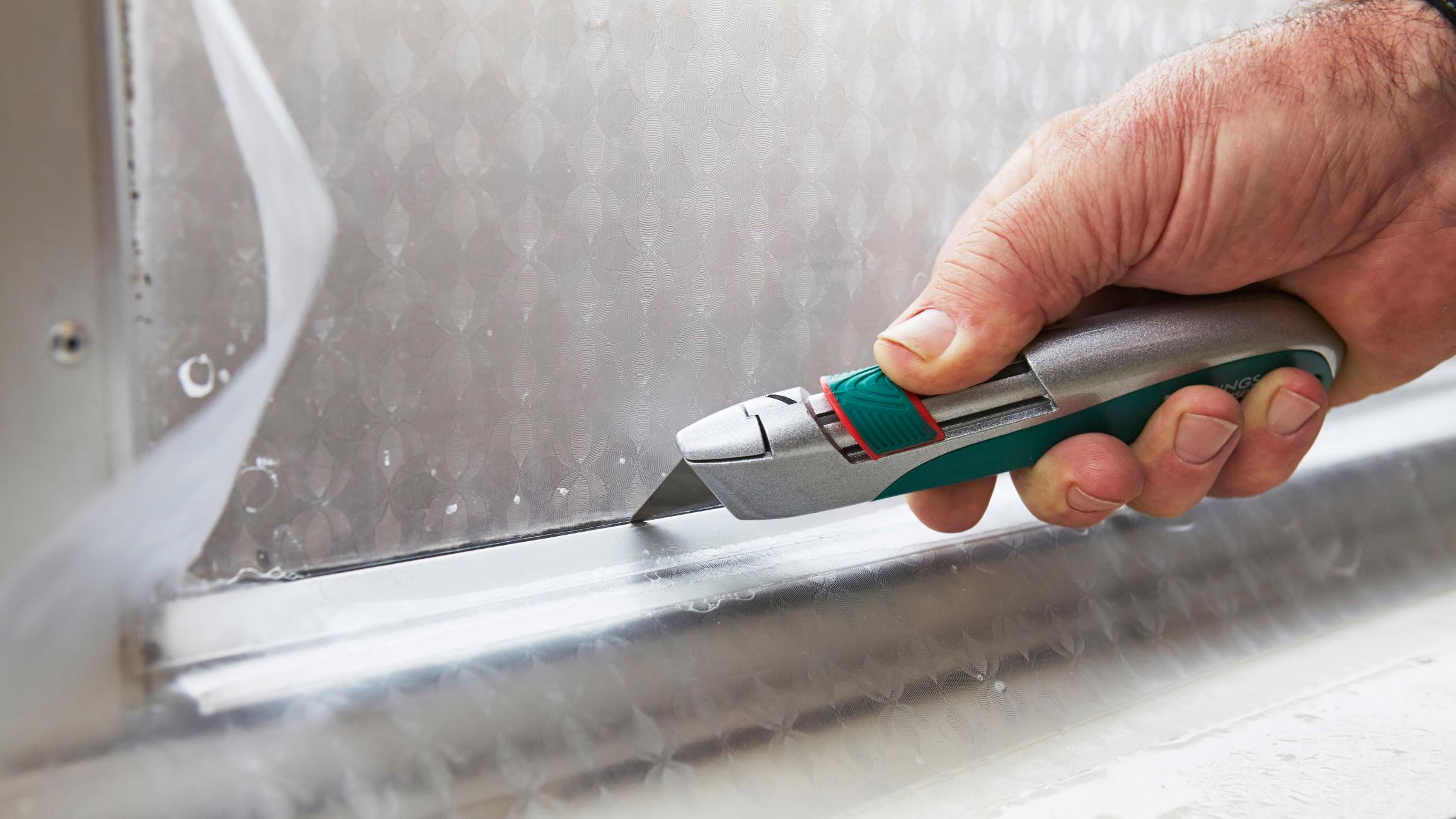
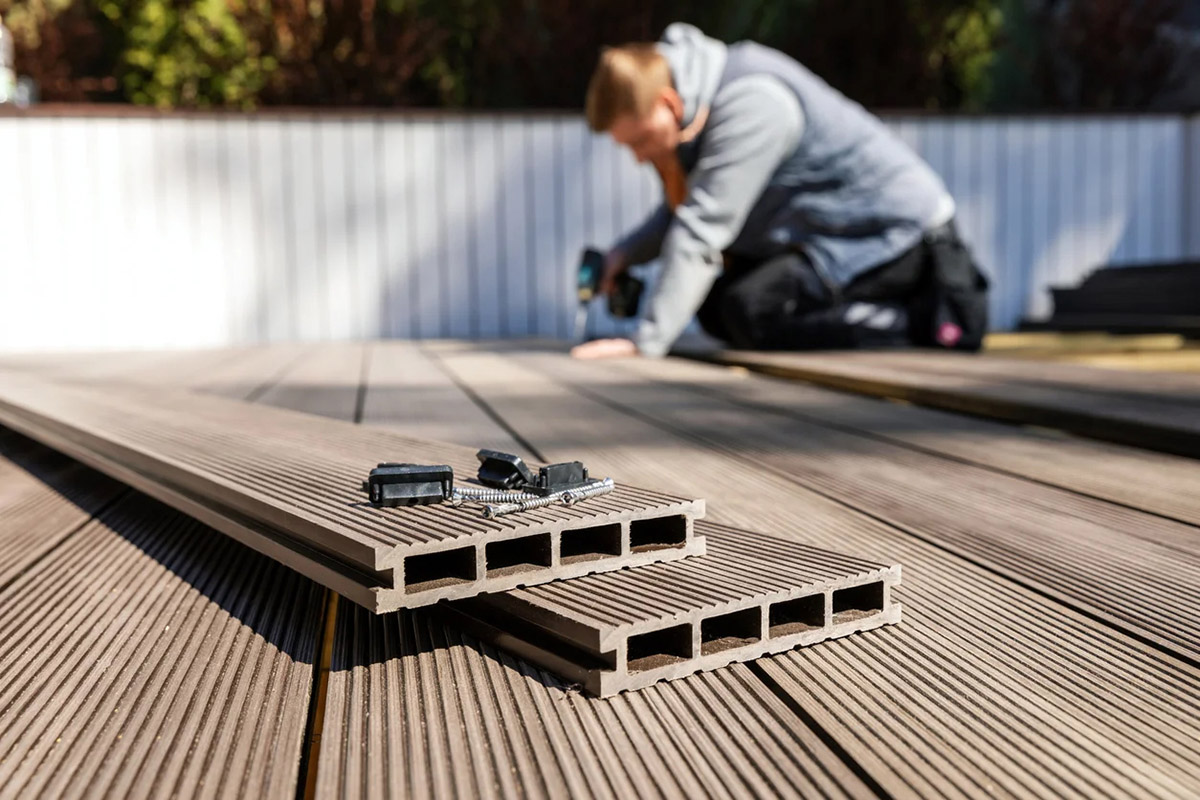



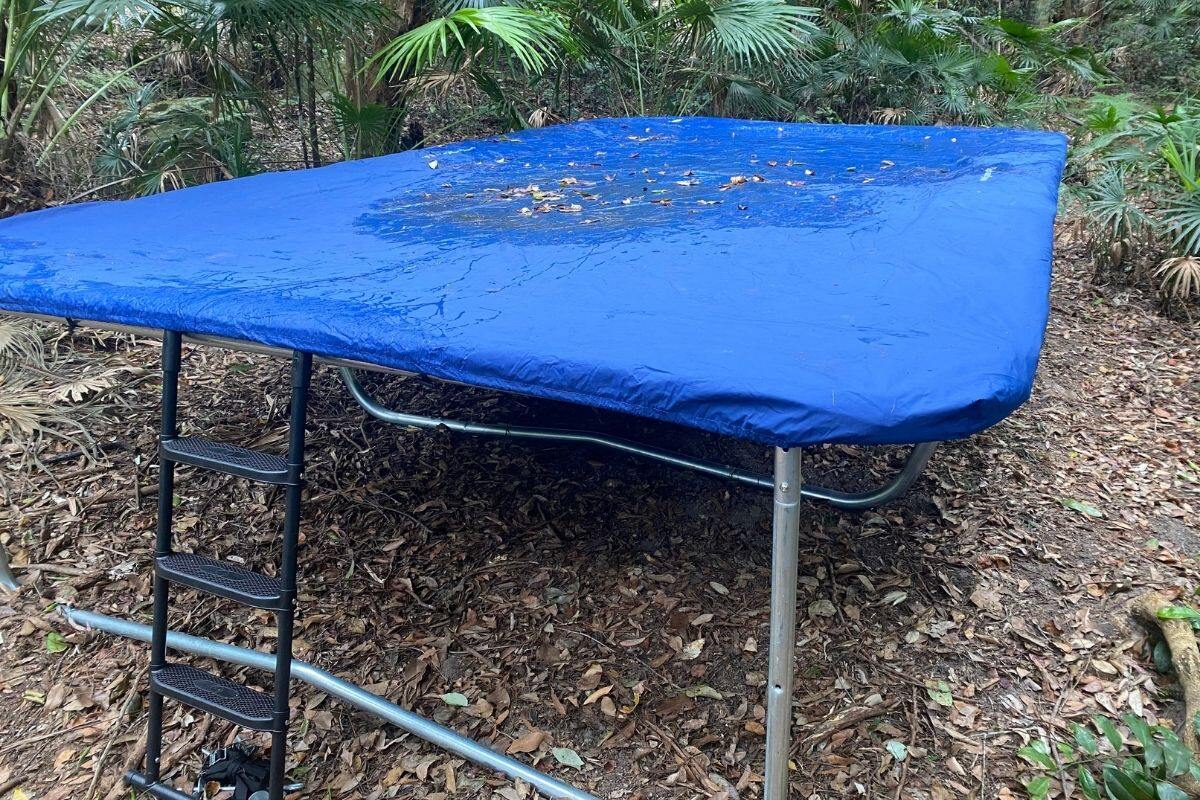

0 thoughts on “How To Protect Grass Seed From Frost”